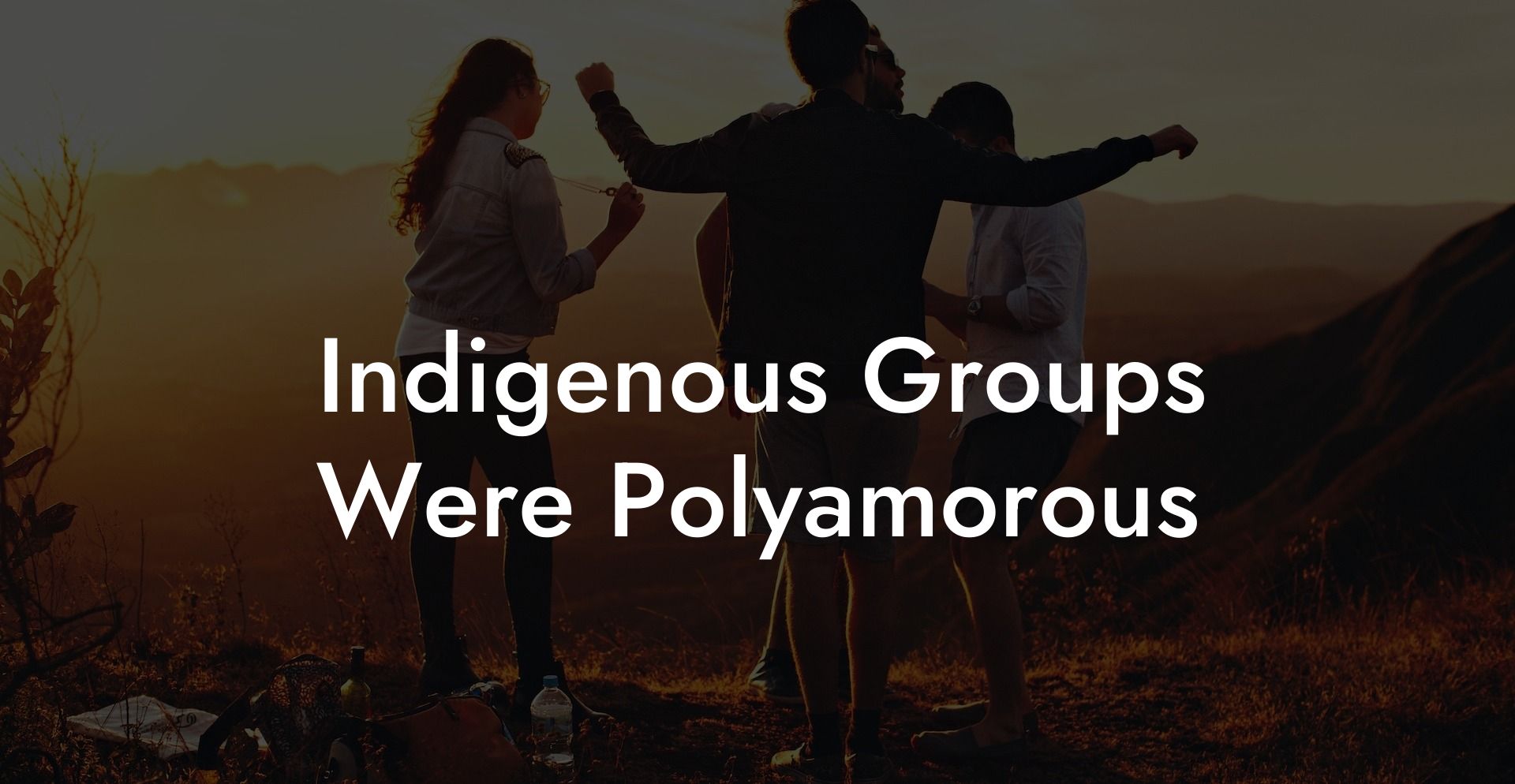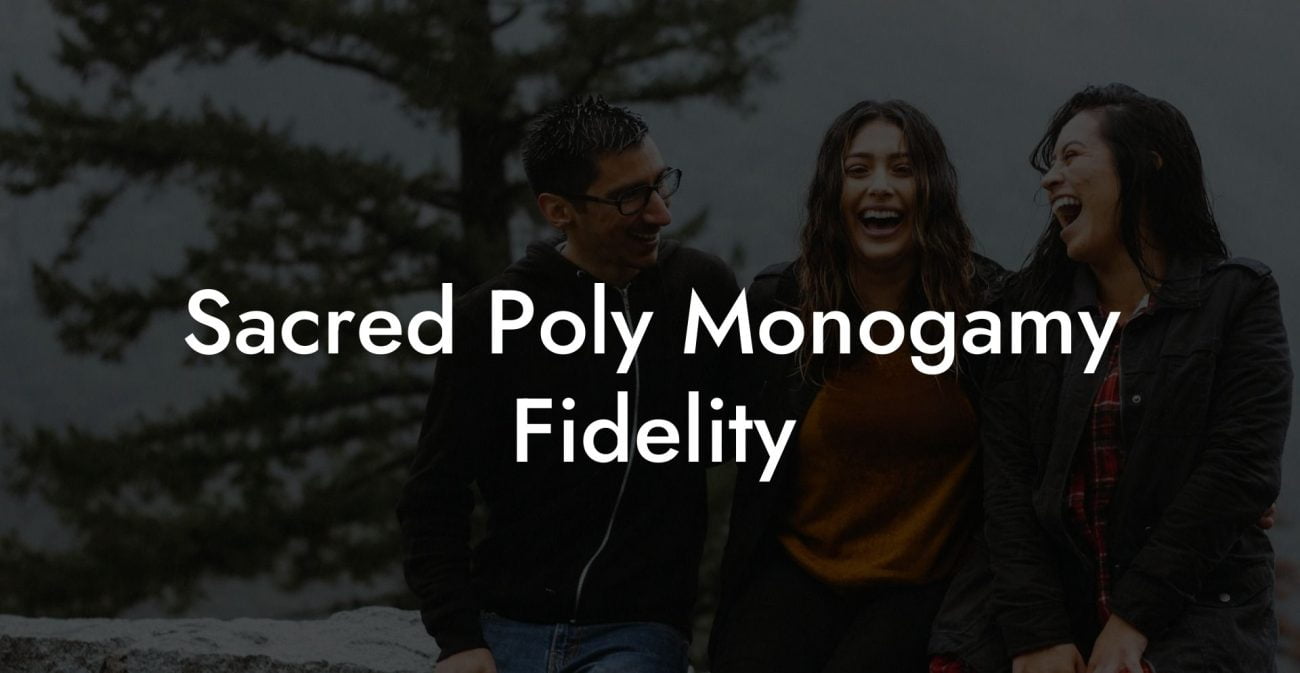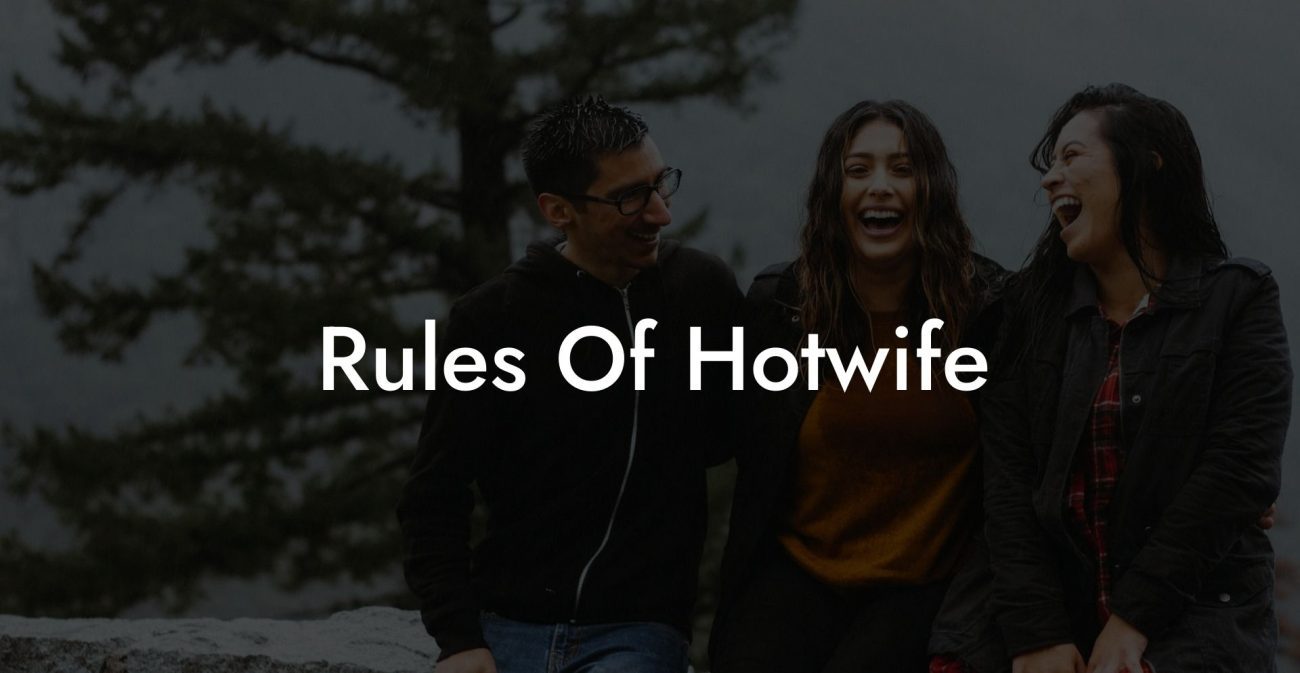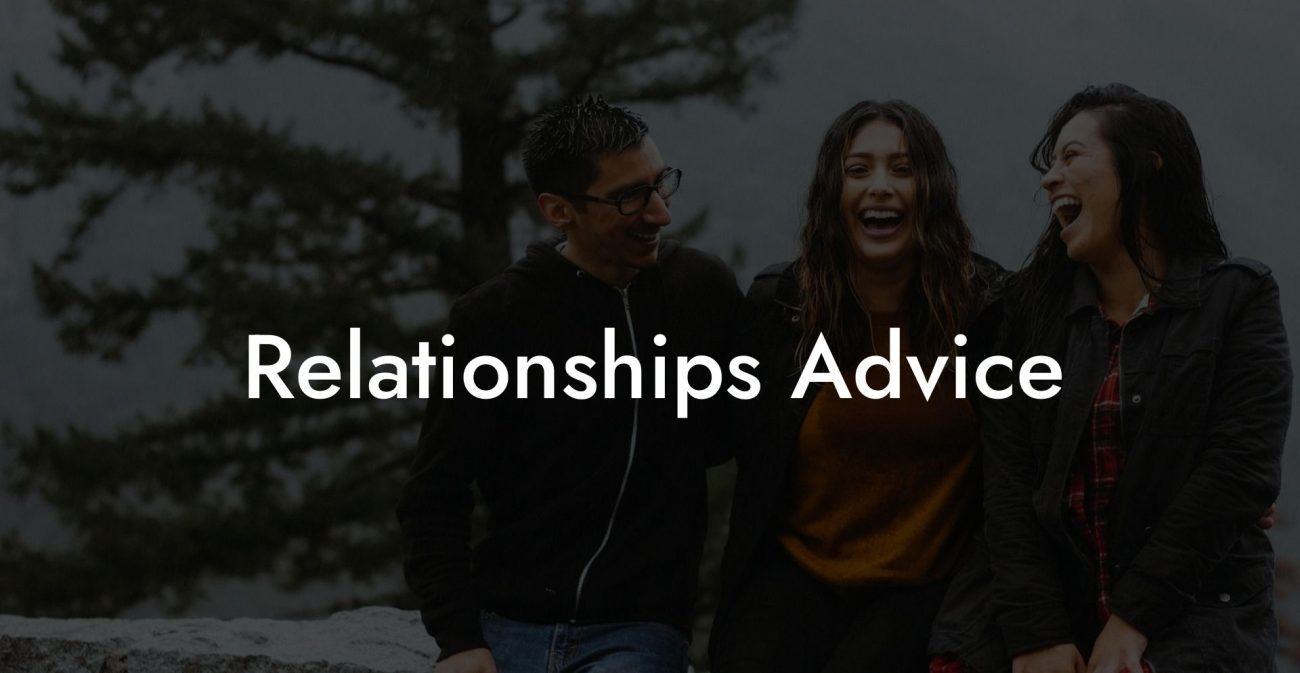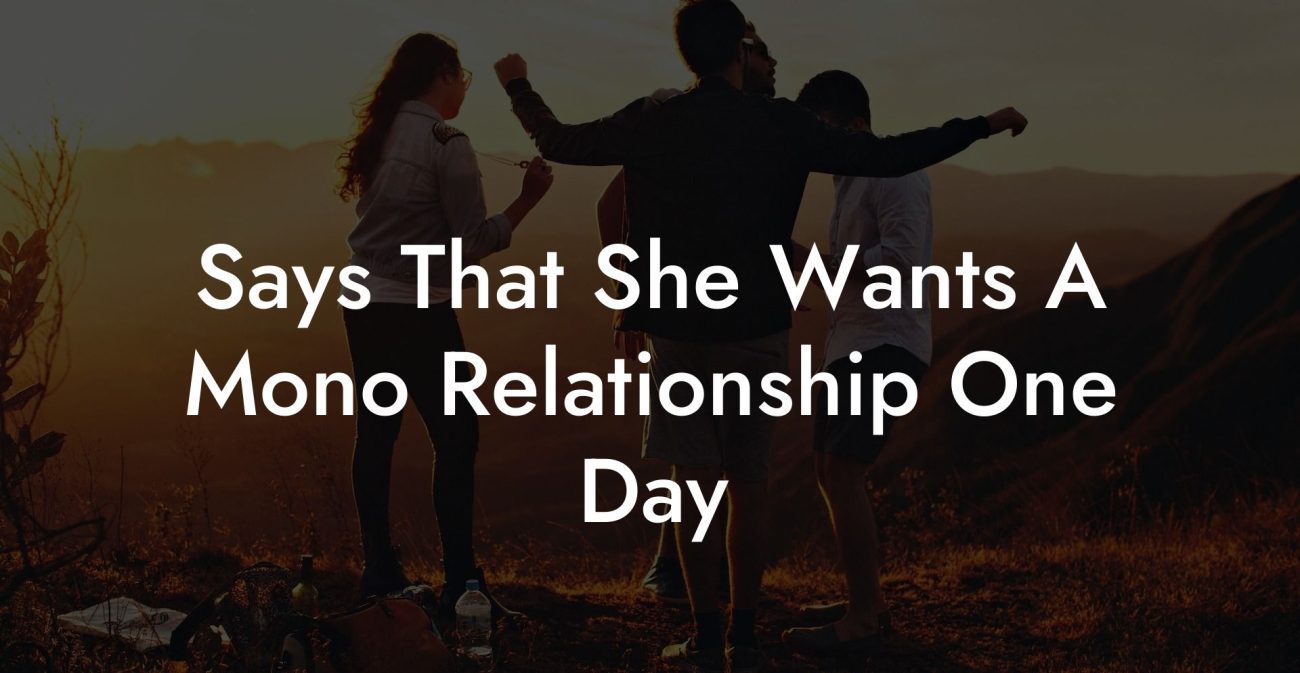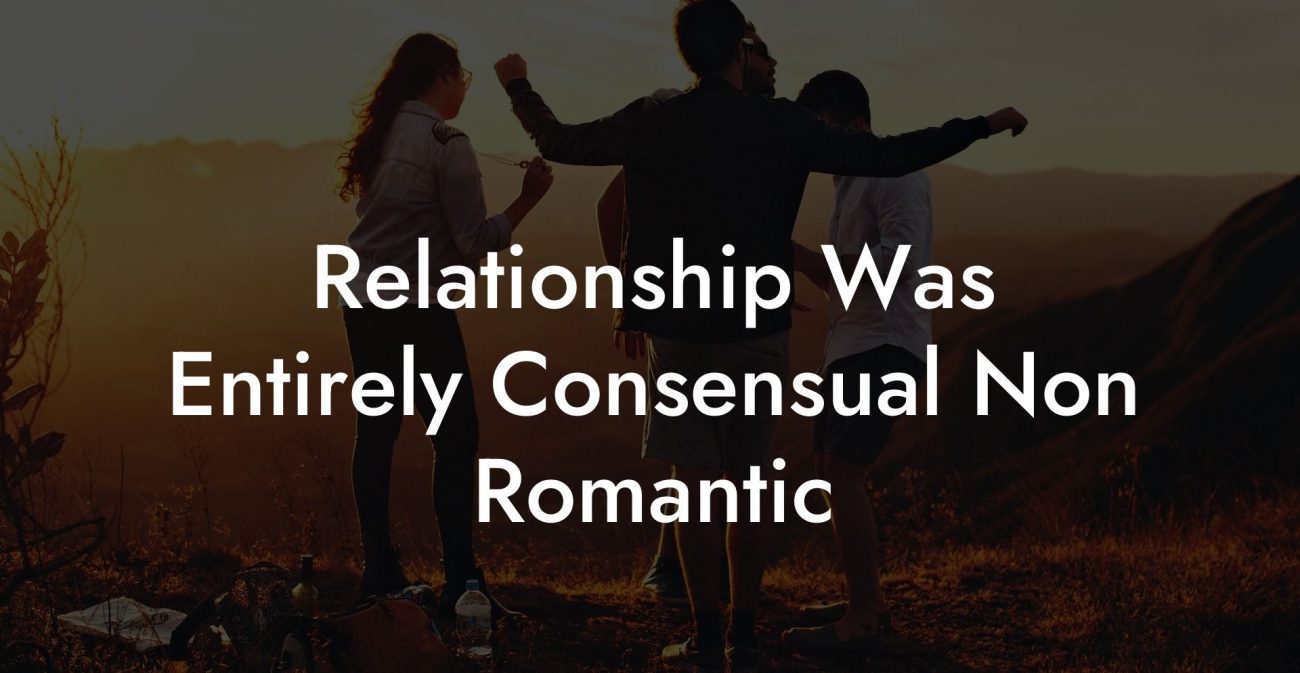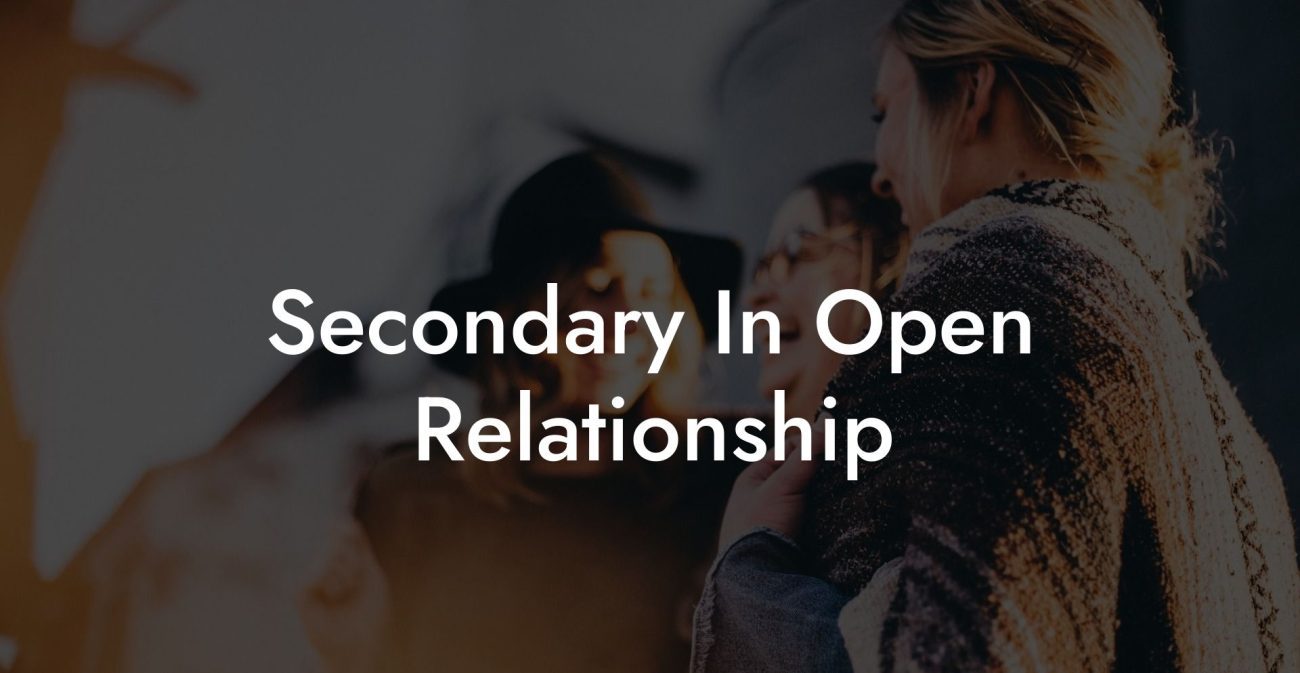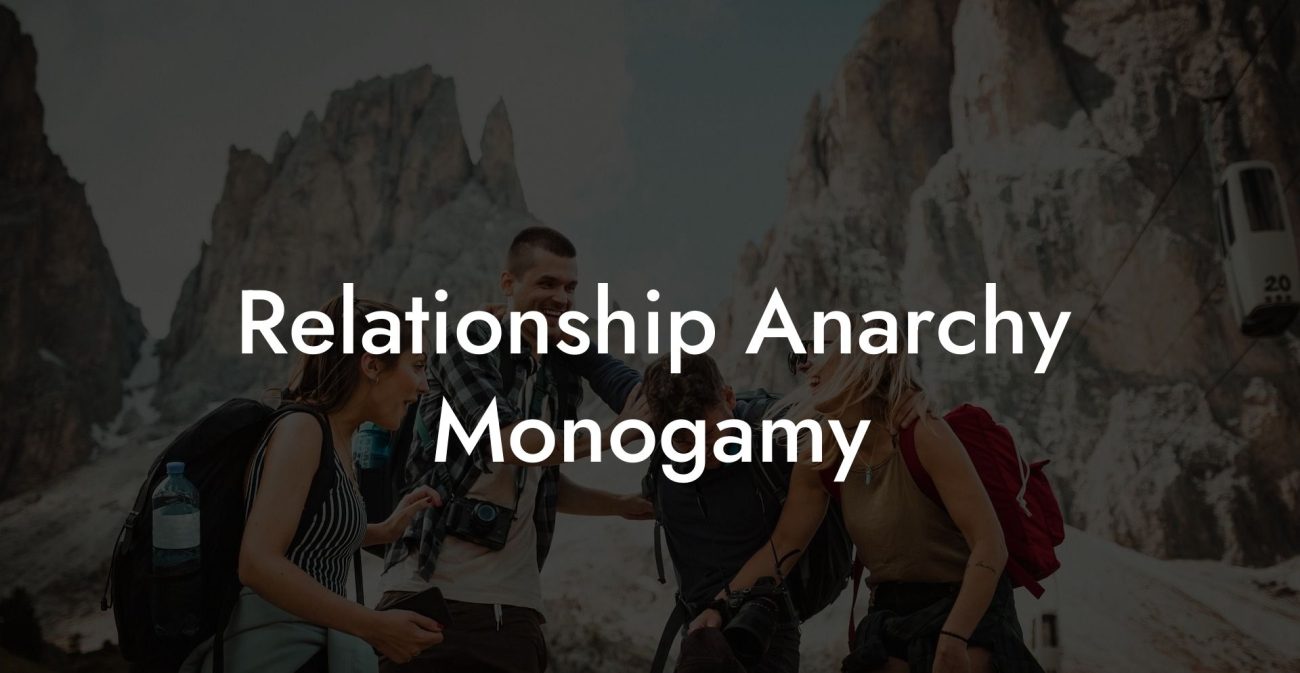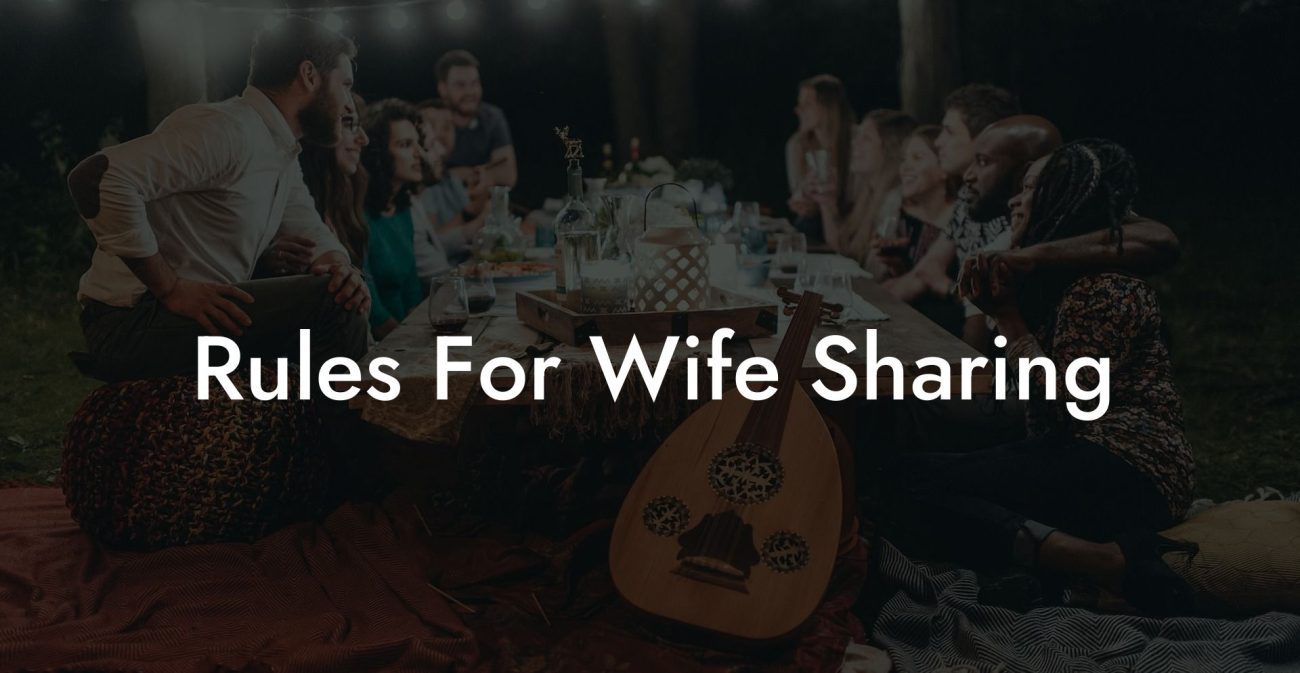Exploring the realm of non-monogamy and polyamory often leads people to curious historical roots and alternative relationship structures of various cultures. One such fascinating part of human history is the polyamorous practices of some indigenous groups. In this post, we will delve into the intimate lives of these groups and learn about their unique and intricate relationship dynamics. Are you ready to embark on a journey to uncover rich cultural practices celebrated for centuries? Let's go!
Indigenous Groups Were Polyamorous Table of Contents
The Historical Trace of Polyamory in Indigenous Cultures
Reasons for the Prevalence of Polyamory in Indigenous Cultures
The Historical Trace of Polyamory in Indigenous Cultures
While monogamy may seem the norm in modern Western societies, polyamory and its various forms have existed among many cultures for centuries. When examining the rich history of indigenous groups, we come across several examples of non-monogamy and multiple partner relationships. Some of these groups even continue to practice polygamy or polyamory today.
Native American Tribes
There are numerous accounts of non-monogamous practices among Native American tribes, such as the Sioux, Iroquois, and Inuit. Among these tribes, polygamy was not only condoned but even considered beneficial. Some tribes also practiced spouse sharing, group sexuality, and polyamorous relationships in which all members of the group were considered married to one another.
Aboriginal Cultures in Australia
The indigenous people of Australia have a rich history of non-monogamous relationships. For instance, aboriginal cultures practiced polygyny, where a man would have multiple wives, and polyandry, where a woman would have several husbands. These relationships were often created to strengthen social bonds and resource sharing within communities.
African Tribes
Polygamy is a common practice among various traditional African tribes. In some communities, men are allowed to have multiple wives, which is believed to increase their social standing and wealth. Maasai men, for example, may have multiple wives, who often live in the same dwelling and sometimes consider themselves co-wives, sharing responsibilities and raising their children together.
Polynesian Islands
In some islands in the Polynesian region, such as Samoa and Tahiti, polygamous relationships were common, with men having several wives to help maintain their households. These relationships had deep cultural and religious significance.
Reasons for the Prevalence of Polyamory in Indigenous Cultures
Several factors contributed to the widespread acceptance of non-monogamous relationships in these indigenous groups. Among them are:
- Economic Factors: Polygamy and polyamory allowed for better distribution of labor and resources, which was crucial for the survival of tribes in harsh environments.
- Social Stability: With multiple partners, families could forge alliances and strengthen bonds with other members of the community, thus ensuring and reinforcing social cohesion.
- Religious Beliefs: Some indigenous groups believed in the spiritual significance of polyamorous relationships, viewing them as sacred or ordained by higher powers.
- Sex Positivity: Many indigenous cultures placed a high value on sexual freedom and expression, which may have contributed to the acceptance of polyamorous practices.
Indigenous Groups Were Polyamorous Example:
An example of polyamorous practices among indigenous groups is the Mosuo people living in Southwest China. Historically, they practiced a concept known as "walking marriage," where partners would never officially marry or live together. Women would have several partners throughout their lives, inviting their lovers to spend the night at their homes.
In this matrilineal society, children are raised in their mother's household without acknowledging their biological fathers. Men, for their part, are expected to participate in the upbringing of their sister's children. This way, despite non-monogamous relationships, responsibilities of raising children are shared and evenly distributed among the community.
The Monogamy Experiment invites you to dive deeper into the intricate customs of different cultures from various eras in human history. Looking beyond contemporary relationship structures, we can learn from the harmony achieved by indigenous groups who embraced non-monogamy and polyamory in their lives.
If you find such stories fascinating, share this post, and be sure to explore other guides on The Monogamy Experiment. Together, let's broaden our understanding and celebrate this vibrant kaleidoscope of human relationships!

